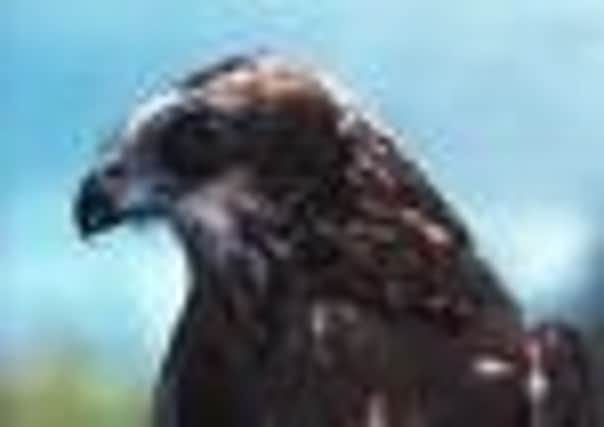Birdwatch: Marsh harrier success story of conservation


The male is unmistakeable with his rusty brown head and body and black-tipped wings with a broad bluish-grey band across them. The female is nearly all brown with a pale creamy yellow crown and a pale line across the front of her wings.
The marsh harrier is one of the great conservation success stories with some 200 pairs a year now nesting in this country. Once widespread across Britain, they were extinct by 1899 but in the 1920s began a slow return in Norfolk.
Advertisement
Hide AdAdvertisement
Hide AdProgress was slow and in 1971 there was only a single UK breeding pair at Minsmere in Suffolk. In our region, marsh harriers only began to breed regularly at the RSPB’s Blacktoft Sands reserve in 1994.
But this year there has been a record-breaking 29 young marsh harriers fledged from 13 nests on the reserve while a further ten young have been fledged from three nests at the RSPB’s other site on the Humber at Read’s Island.
In addition there have been between 45 and 50 nesting females elsewhere around the Humber while there have also been nesting attempts at undisclosed sites in South, North and West Yorkshire.
Nationally, marsh harriers returned to breed at the Langford Lowfield reserve near Newark last year and Cheshire had its first pair for some 200 years which reared three young at a site on the Gowy and Mersey Washlands. In 2009 they returned as a breeding bird to Northumberland when a pair reared four young on the East Chevington reserve.
Advertisement
Hide AdAdvertisement
Hide AdMarsh harriers in this country have followed the example of those in Spain to nest among cereal crops (a field nesting pair in East Yorkshire reared three young last year) where they are less likely to be raided by a fox, or be disturbed by humans until harvest, by which time the young harriers have fledged.
They used to depart these shores until the end of October to spend the winter in Africa. This is still true for the majority, but increasing numbers, mostly the larger females more able to compete for a reduced food supply, gather in winter roosts. At least 100 individuals were present during winter in Norfolk and up to 20 birds are roosting during milder winters at Blacktoft and Whitton Sands.
Just below the Blacktoft Sands reserve at Alkborough Flats there was a gathering of 15 spoonbills on Friday last week while six ruddy shelducks were also present. Three red-crested pochards, two drakes and a female were at the North Cave, Wetland, East Yorkshire while four were on Hornsea Mere and one at Angler’s Country Park near Wakefield.
A juvenile spotted crake was also seen at North Cave. An adult white-winged black tern moved from Nosterfield Quarry in North Yorkshire to the RSPB’s Saltholme reserve on Teesside where a drake blue-winged teal was also present.
Advertisement
Hide AdAdvertisement
Hide AdMigrants along the Yorkshire coast included a wryneck at Spurn and Icterine warbler at Flamborough Head. Six ospreys were seen over Spurn last Friday evening while others were seen over Scarborough and the Barden watchpoint, North Yorkshire. Another is still being seen around Hatfield Moors, South Yorkshire.